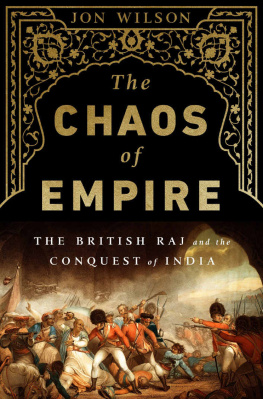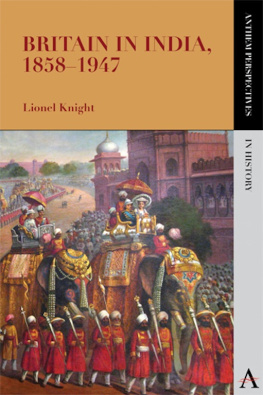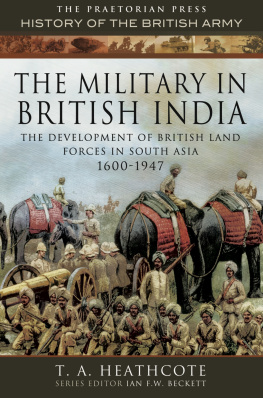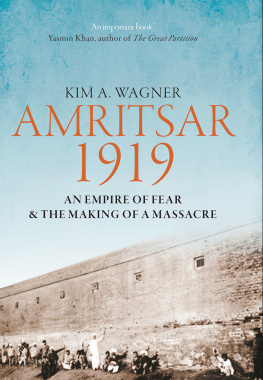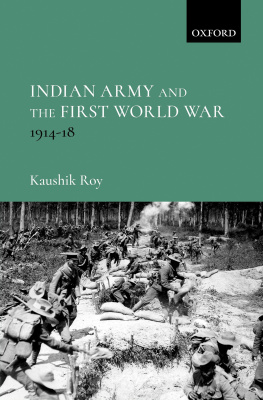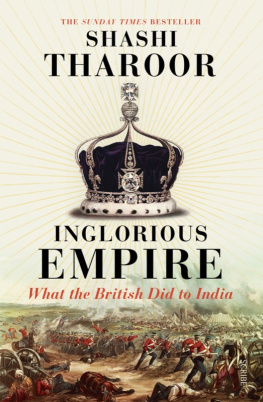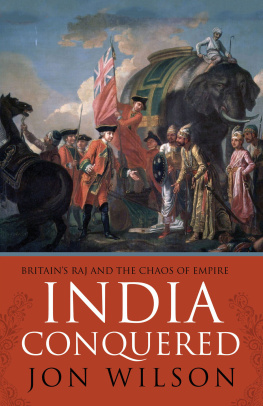
Copyright 2016 by Jon Wilson
Published in the United States by PublicAffairs, an imprint of Perseus Books, LLC, a subsidiary of Hachette Book Group, Inc.
All rights reserved.
Printed in the United States of America.
No part of this book may be reproduced in any manner whatsoever without written permission except in the case of brief quotations embodied in critical articles and reviews. For information, address PublicAffairs, 250 West 57th Street, 15th Floor, New York, NY 10107.
PublicAffairs books are available at special discounts for bulk purchases in the U.S. by corporations, institutions, and other organizations. For more information, please contact the Special Markets Department at the Perseus Books Group, 2300 Chestnut Street, Suite 200, Philadelphia, PA 19103, call (800) 810-4145, ext. 5000, or e-mail .
Typeset in Bembo by M Rules
A CIP catalog record for this book is available from the Library of Congress.
LCCN: 2016944891
ISBN 978-1-61039-294-5 (e-book)
First published in the United Kingdom in 2016 by Simon and Schuster UK Ltd.
First Edition
10 9 8 7 6 5 4 3 2 1
The total character of the world is... in all eternity chaos.
Friedrich Nietzsche, The Gay Science
Power cannot be made secure only against power, it also must be made secure against the weak; for there lies the peril of its losing balance.
Rabindranath Tagore, A Cry for Peace
for Delilah and Elsie
CONTENTS

W hile turning Bombays home for old European sailors into a legislative assembly in January 1928, labourers came across patches of red dust. The dust was the disintegrated remains of the citys first English residents. Now 200 metres inland, workers had dug into a graveyard that once stood on the desolate promontory of Mendhams Point, looking out over crashing waves and shipwrecks. There, senior English officers had been buried in elaborate tombs, but the bones of clerks and soldiers, the ordinary English functionaries of empire, were thrown in a shallow grave under a big slab of stone. Corpses were quickly dug out by jackals burrowing in the ground like rabbits, according to one account. Even the clergy were buried in common graves, with Bombays first five priests thrown together in one hole. The cemetery was more terrible to a sick Bombaian than the Inquisition to a heretic, one observer wrote. By 1928, the cemetery had been entirely forgotten.
The English ruled territory in India from the 1650s. Britain was the supreme political force in the subcontinent that stretches from Iran to Thailand, from the Himalayas to the sea, from at least 1800 until 1947. These years of conquest and empire left remains that survived in South Asias soil, sometimes until today. Perhaps a quarter of a million Europeans are still buried in more than a thousand cities of the dead, as the British explorer Richard Burton called them in 1847, scattered through the countries that once made up British-ruled India India, Bangladesh, Pakistan and Burma.
These graves trace the geography of British power during those years, marking the processes and places from which imperial authority was asserted. The earliest are in ports and forts like Bombay, Calcutta and Madras. There, tiny groups of British merchants sheltered behind thick stone walls, with white-skinned soldiers and gunners to protect them from people they tried to make money from. The largest numbers are close to British-built courts and tax offices, near blocky churches built quickly by army engineers as Britains conquests extended power through every part of India in the early nineteenth century. Some, like the graves every few miles on Indias grand trunk road between Calcutta and Delhi, are by highways, marking the death of Europeans travelling or laying roads. Others, like the hilltop cemetery at Khandala three hours train ride from Bombay, cling to slopes above railway tunnels built at the expense of many Indian and a few European lives, as the British asserted their power by cutting lines of steel into Indian soil from the late nineteenth century on. From the early 1800s the largest single group of graves were those of children, little angels, as the tombstones often described them, killed by disease in their first years before they could be shipped back to Britain to boarding school. One hundred and fifty-one of the nearly 400 gravestones in the cantonment town of Bellary marked the death of children under the age of seven. All these graves mark the death of Britons who intended to return home.
There is little sense of imperial celebration in the inscriptions on these gravestones. More often, the words on tombs convey a sense of distance and failure. Epitaphs describe men and women retreating into small worlds cut off from Indian society who died unhappily distant from their homes. Very few mention any connection to the people they ruled. What mattered was their sense of private virtue and the esteem of British friends and family, close by or thousands of miles back in Britain or Ireland. Shearman Bird, dead in Chittagong at forty-one, was a bright example of duty, affection, strength of principle and unshakeable fidelity, his gravestone says. His converse with this world contaminated not his genuine worth. Richard Becher, dead at Calcutta in 1782, was buried [u]nder the pang of disappointment / and the pressure of the climate. Graves like Birds and Bechers were not those of a triumphant race, but the tombstones of a people scattered by their wars and affairs over the face of the whole earth, and homesick to a man, as the American Ralph Waldo Emerson wrote of the English.
There are 1,349 recorded British graveyards in South Asia. Now they are quiet and still, the only signs of life coming from the visits of grass cutters or tourists. But other imperial remains in modern South Asia are full of activity.
Perhaps the most pervasive legacy of empire is the imperial system of record keeping. At every place where there is some kind of official activity, pre-paid taxi booths or airport security scanners, police stations and licensed offices, details are written in pen in big lined ledgers. India exports computer professionals by the thousand and its government has put more data online than any other state. Yet its filing schemes and administrative systems are little changed since the days of the British empire. The latest edition of the Indian governments office manual has not altered much since the 1920s, the most recent editions simply adding an extra line in the list of correspondence that can be processed by the states departments: email.
It is easy to imagine that these legacies are the remains of a powerful and purposive regime. Colonial cemeteries, imperial-era courts, grand railway stations and fat, rigid looking law codes seem to indicate a regime that had a sense of purpose and power. They allow many, Britons and some Indians, to look back on the Raj as a period of authority, a time when Pax Britannica imposed reason and order on Indian society and corruption or violence were less rife than now.
This book shows how those perceptions are wrong. They are, rather, the projections of British imperial administrators with a vested interest in asserting that they ruled a stable and authoritative regime. From Robert Clive to Louis Mountbatten, the Britons who governed in India were desperate to convince themselves and the public that they ruled a regime with the power to shape the course of events. In fact, each of them scrabbled to project a sense of their authority in the face of circumstances they could not control. Their words were designed to evade their reliance on Indians they rarely felt they could trust. They used rhetoric to give verbal stability to what they and many around them castigated as the chaotic exercise of power. But too many historians and writers assume the anxious protestations of imperial bureaucrats were accurate depictions of a stable structure of authority. The result is a mistaken view of empire. We end up with an image of empire as a sort of machine operated by a crew who know only how to decide but not to doubt, as historian Ranajit Guha describes it.
Next page
